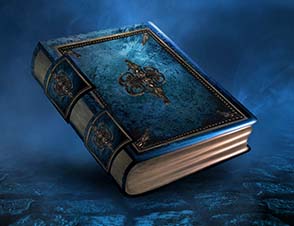The Real Story Behind Mirrodin
It’s that time again! A new expansion, a new set of flavor texts… And a new look at how the flavor texts on the new Mirrodin cards relate to the official backstory! Listen carefully as Daniel tells you what these strange and wondrous quotes actually mean!

